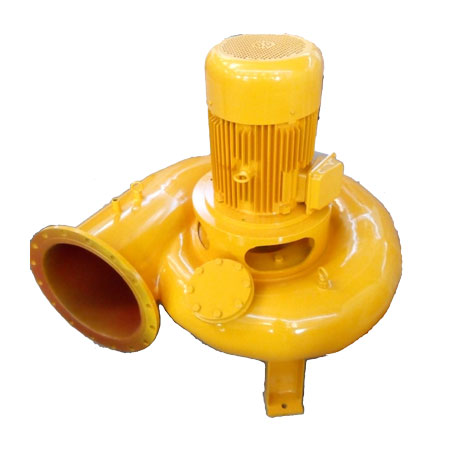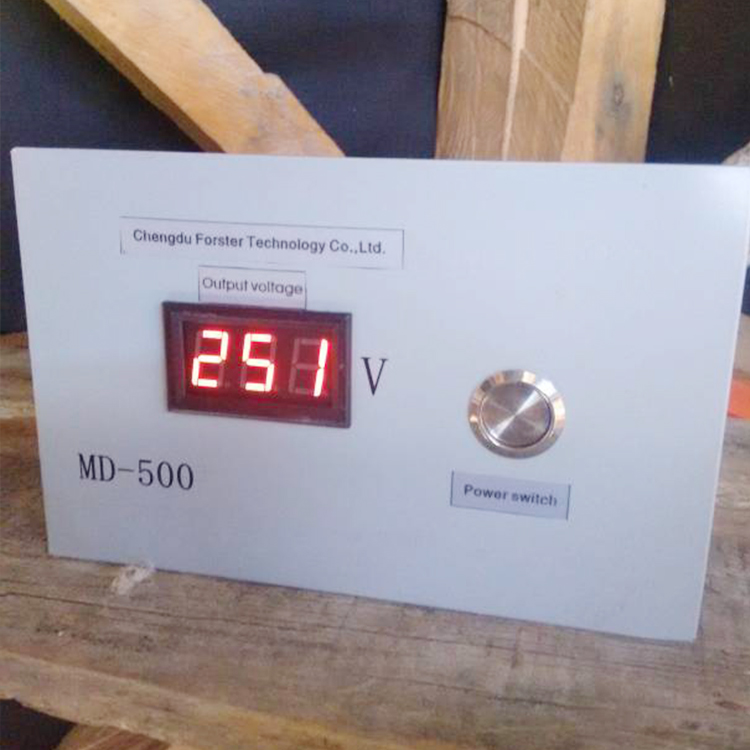Complete Buying Guide: Household Micro Turbine
Are you planning to set up an independent power project? Water may be an ideal source of your power. Buy hydro turbines, and you will be generating your own electricity.
One of the pieces of equipment that you will need is a 100kw hydro turbine. This is a key device that will play a vital role in your electricity generation.
This device is connected to the water flow, and it captures energy from a 10kwh hydro turbine. 100Kw hydro turbines are normally used by small-scale 100KW hydroelectric power or micro-hydro installations.
How to Choose a Household Micro Hydro Turbine Generator?
Choosing a micro hydro turbine generator involves considering several factors to ensure that you select the right one for your needs. Here are some key factors to consider:
Head and flow rate: The head is the vertical distance that the water falls and the flow rate is the volume of water moving through the turbine. The generator must be chosen based on the head and flow rate of the water source.
Power output: The generator must produce enough power to meet the needs of the application. This will depend on the specific requirements of the system and the load that will be placed on the generator.
Efficiency: The efficiency of the generator will impact the overall performance and cost-effectiveness of the system. High-efficiency generators will produce more power for a given flow rate.
Installation and maintenance: The generator must be easy to install and maintain. Consider the availability of spare parts and technical support.
Cost: The cost of the generator must be considered, including the initial cost and the cost of maintenance and replacement over the lifetime of the system.
Environmental impact: Consider the environmental impact of the generator, including the type of fuel or energy source used, the emissions produced, and the overall sustainability of the system.
Reliability: The generator must be reliable and have a long operational life. Consider the manufacturer’s warranty and the track record of the product.
It is also recommended to consult with a specialist in micro hydro turbine systems to ensure that the best generator is chosen for your specific requirements and conditions.
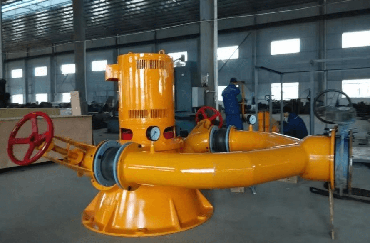
The power output of a household micro hydro turbine generator will depend on several factors, including the flow rate and head of the water source, the design of the generator, and the specific requirements of the household.
Typically, household micro hydro turbine generators have a power output in the range of a few kilowatts (kW) to tens of kilowatts. For example, a household micro hydro turbine generator with a flow rate of 5 gallons per minute (GPM) and a head of 20 feet might produce 5 to 10 kW of power.
It’s important to note that the actual power output will depend on the specific conditions and requirements of the household, so it’s recommended to consult with a specialist in micro hydro turbine systems to determine the best generator for your needs.
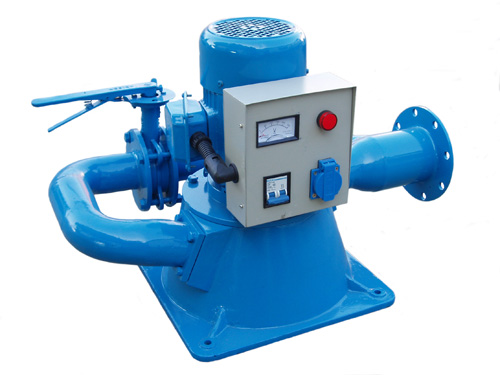
How to Choose and Build Your Micro Hydro Power Plant: A Clear and Knowledgeable Guide
Are you interested in harnessing the power of flowing water to produce electricity? Building a micro hydro power plant could be the answer. Micro hydro power plants generate electricity by using the natural flow of water to turn a turbine, which then powers a generator. They are a sustainable and renewable source of energy that can be used to power homes, farms, and small businesses.
Before embarking on your micro hydro power plant project, there are several factors to consider. These include the size of the system you need, the amount of water available, the height of the water source, and the distance between the water source and the turbine. We will guide you through the process of selecting the right components for your micro hydro power plant, including the turbine, generator, and control system. With the right planning and equipment, you can build a micro hydro power plant that will provide you with clean, reliable, and affordable energy for years to come.
Micro hydro power plants are small-scale hydroelectric power systems that generate electricity by harnessing the energy of flowing water. These systems are typically used to power homes, farms, and small communities. In this section, we will provide a brief overview of micro hydro power and how it works.
Micro hydro power plants generally consist of three main components: the intake, the turbine, and the generator. The intake is where the water is diverted from the stream or river and directed towards the turbine. The turbine converts the energy of the flowing water into mechanical energy, which is used to turn the generator. The generator then converts the mechanical energy into electrical energy, which can be used to power homes and businesses.
One of the key advantages of micro hydro power is that it is a clean and renewable source of energy. Unlike fossil fuels, which release harmful greenhouse gases into the atmosphere, micro hydro power plants generate electricity without producing any emissions. Additionally, micro hydro power systems can operate 24/7, providing a reliable source of electricity for homes and businesses.
When choosing to build a micro hydro power plant, it is important to consider a few key factors, such as the available water flow and head (the vertical distance between the intake and the turbine). It is also important to ensure that the system is properly designed and installed to maximize efficiency and minimize environmental impact.
Overall, micro hydro power is a promising technology that has the potential to provide clean, reliable energy to communities around the world. By understanding the basics of micro hydro power and considering the key factors involved in building a system, we can help to promote sustainable energy practices and reduce our reliance on fossil fuels.
Site Selection and Assessment
When it comes to building a micro hydro power plant, choosing the right site is crucial. Here are some key factors to consider during the site selection and assessment process:
Water Source
The first thing we need to consider is the water source. We need to identify a water source that is reliable and has sufficient flow throughout the year. A good water source should have a minimum flow rate of 10 liters per second. We also need to ensure that the water source is not too far away from the site of the power plant, as this can increase the cost of installation.
Location Accessibility
The location of the site should be easily accessible, both for construction and maintenance purposes. We need to consider factors such as road access, availability of equipment, and the distance from the power grid. If the location is difficult to access, it can increase the cost of construction and maintenance.
Environmental Impact
We need to ensure that the site we choose has minimal environmental impact. We need to consider factors such as the impact on wildlife, water quality, and erosion. It’s important to work with local authorities and environmental organizations to ensure that the site is environmentally sustainable.
Overall, the site selection and assessment process is critical to the success of our micro hydro power plant. By carefully considering factors such as the water source, location accessibility, and environmental impact, we can ensure that our power plant is reliable, cost-effective, and environmentally sustainable.
Designing Your Micro Hydro Power Plant
When designing a micro hydro power plant, there are several factors to consider to ensure optimal performance and efficiency. In this section, we will discuss the key elements to keep in mind during the design process.
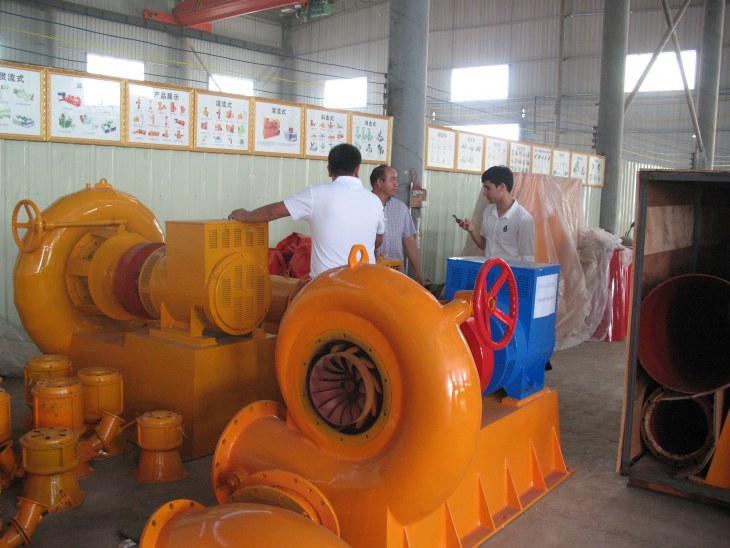
Choosing the Right Turbine
The type of turbine you choose will depend on several factors, including the head and flow rate of the water source. There are several types of turbines to choose from, including:
Each turbine has its own advantages and disadvantages, so it’s important to select the right one for your specific needs. Factors to consider when choosing a turbine include efficiency, cost, and maintenance requirements.
Determining the Power Output
To determine the power output of your micro hydro power plant, you will need to consider the head and flow rate of the water source, as well as the efficiency of the turbine. The power output of the plant can be calculated using the following formula:
Power Output (kW) = Head (m) x Flow Rate (m³/s) x Efficiency
It’s important to note that the efficiency of the turbine can vary depending on the type of turbine and the specific design of the power plant.
Designing the Water Delivery System
The water delivery system is a critical component of your micro hydro power plant. It’s important to design a system that will deliver water to the turbine at a consistent rate and pressure. Factors to consider when designing the water delivery system include the distance between the water source and the turbine, the size and type of pipes used, and the presence of any obstacles or elevation changes.
In addition to the water delivery system, it’s also important to consider the intake structure, which is responsible for directing water into the system. The intake structure should be designed to prevent debris from entering the system and to ensure a consistent flow of water to the turbine.
By carefully considering these factors during the design process, you can ensure that your micro hydro power plant will be efficient, reliable, and cost-effective.
Building Your Household Micro Turbine Micro Hydro Power Plant
Procuring the Necessary Materials
To build our micro hydro power plant, we will need to procure the following materials:
- Pipes and fittings
- Turbine and generator
- Power house materials
- Electrical wiring and components
- Control panel and battery bank
It is important to ensure that all materials are of good quality and suitable for our specific needs. We can consult with experts or suppliers to ensure we get the right materials.
Constructing the Power House
The power house is where the turbine and generator will be installed. We will need to construct a sturdy and well-insulated structure to protect the equipment from the elements. We can use concrete, bricks, or wood to build the walls and roof.
We should also ensure that the power house is easily accessible for maintenance and repair. We can install windows and doors to allow for natural ventilation and lighting.
Installing the Turbine and Generator
The turbine and generator are the heart of our micro hydro power plant. We will need to install them properly to ensure maximum efficiency and longevity.
We should carefully follow the manufacturer’s instructions for installation and ensure that the equipment is properly aligned and secured. We should also ensure that the water flow is sufficient to generate the desired amount of electricity.
Electrical Wiring and Components
We will need to install electrical wiring and components to connect the turbine and generator to the control panel and battery bank. We should ensure that all wiring is properly insulated and protected from the elements.
We can also install safety devices such as circuit breakers and surge protectors to prevent damage to the equipment and ensure our safety.
Control Panel and Battery Bank
The control panel and battery bank are essential components of our micro hydro power plant. They allow us to monitor and control the electricity generated and store excess energy for later use.
We should ensure that the control panel and battery bank are installed in a dry and secure location. We can also install meters and gauges to monitor the performance of our power plant.
With these steps, we can successfully build our own micro hydro power plant and generate clean and renewable energy for our needs.
Maintaining Your Household Micro Turbine Micro Hydro Power Plant
Routine Checks
Regular maintenance checks are essential to ensure that your micro hydro power plant is functioning at optimal capacity. We recommend conducting routine checks on a weekly basis to identify any potential issues before they become major problems.
During your routine checks, you should inspect the following components:
- Turbine blades
- Generator
- Intake and discharge pipes
- Control panel and wiring
- Battery bank and charging system
Make sure to clean any debris or buildup from the turbine blades and intake screen. Check the generator for any signs of wear or damage, and inspect the pipes for leaks or cracks. Test the control panel and wiring to ensure that everything is functioning as it should, and monitor the battery bank and charging system to ensure that they are charging properly.
Repair and Replacement
If you identify any issues during your routine checks, it’s important to address them as soon as possible to prevent further damage. Some issues may require simple repairs, while others may require replacement of the affected components.
When making repairs or replacements, it’s important to use high-quality materials and follow manufacturer guidelines. If you’re unsure about how to make a repair or replacement, it’s best to consult with a professional.
Some common repairs and replacements that may be necessary include:
- Turbine blade replacement
- Generator repair or replacement
- Pipe repair or replacement
- Control panel or wiring repair or replacement
By conducting routine checks and addressing any issues promptly, you can ensure that your micro hydro power plant operates efficiently and effectively for years to come.
Legal and Safety Considerations
When building a micro hydro power plant, it is important to consider legal and safety considerations. In this section, we will discuss the necessary permits and safety measures that need to be taken.
Obtaining Necessary Permits
Before beginning construction on a micro hydro power plant, it is important to obtain the necessary permits. This will ensure that the plant is built in compliance with local regulations and that it is safe to operate. The specific permits required will vary depending on the location of the plant, but may include:
- Water rights permits
- Environmental permits
- Building permits
- Electrical permits
It is important to research the specific requirements for your location and obtain all necessary permits before beginning construction. Failure to do so may result in fines or legal action.
Ensuring Safety Measures
Safety is a top priority when building and operating a micro hydro power plant. It is important to ensure that the plant is designed and constructed with safety in mind. This includes:
- Installing safety guards and barriers to prevent access to dangerous areas
- Ensuring that all electrical components are properly grounded
- Implementing a shut-off system in case of emergencies
- Regularly inspecting and maintaining the plant to ensure it is in good working condition
In addition to these safety measures, it is important to follow all local regulations and guidelines for the safe operation of the plant. This may include regular safety inspections and training for employees.
In conclusion, obtaining the necessary permits and ensuring safety measures are essential when building a micro hydro power plant. By following these guidelines, we can ensure that the plant is built and operated in compliance with regulations and is safe for both workers and the environment.

